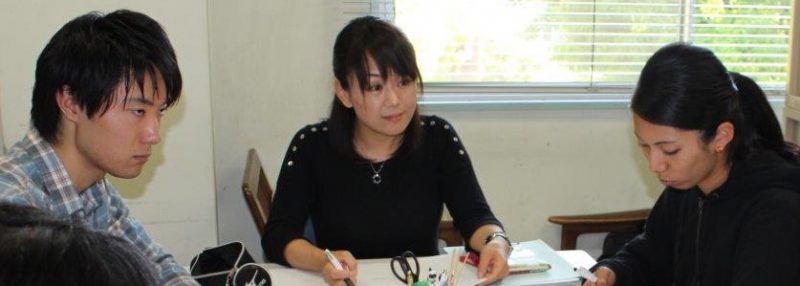At a Glance
A collaboration between Osaka City University and the advertising company Hakuhodo Inc. brings innovation to conflict resolution during corporate development with a process that has businesses and the public voice their concerns and systematically solve them together, instead of a one-way game of convincing each other.
The Situation
“They just move on with their plans without our consent”- a common complaint businesses throughout Japan hear after their “resident briefing sessions”. These sessions are an important part for companies as they are pursuing future developments. They allow interaction with residents who will be affected the most. However, standard practice is to engage in a one-way conversation where residents are individuals that need to be convinced, not people that need to be understood. This strategy is attractive. Both parties have clearly defined roles: the business explains, the residents understand. In such a vacuum, there is little room for conflict to arise.
However, as Professor Yasuyo Nomura, from the Graduate School of Human Life Science, Osaka City University, puts it, “Conflicts should not be avoided, and depending on how consensus is reached, they can be an opportunity to strengthen the connection between people.” She teamed up with the PR Division of Hakuhodo, which has a long history of helping corporations rebuild relationships with their clients, to help businesses and residents interact in a way that turns conflict into moments of understanding – for both sides. After analyzing the problems with existing methods and the psychology of residents, what they developed, known as the “interactive community consensus building process”, are workshops that have agreement between business and resident as the goal.
The Solution
The workshops start out like any other dialogue. The business explains their development plans and the residents voice their concerns. However, here there is a deviation from the norm. Where a business would typically try to convince the residents to not worry about these concerns, participants learn how to create a space where both parties carefully sort out the reasons for these concerns and come up with solutions. The key is repetition – one party voices concerns, and the other politely repeats these concerns to ensure they were heard correctly. When there is no discrepancy between the residents’ concerns and the company’s understanding of them, the business explains their plans anew, taking into account the information gained from this dialogue. They then discuss policies regarding the company’s future developments from this point of a shared understanding.
Other common complaints Professor Nomura hears during these resident briefing sessions are, “There is a limit to the number of questions you can ask and you cannot hear everything you want”, and “They are biased toward the remarks of some people”. But the crucial one she says is “It’s hard to believe the company because their relationship with us is lacking.” Through workshops where both business and resident practice the “interactive community consensus building process”, Professor Nomura is hoping to see that what surfaces from the dust of these collaborations is trust.
Funding
Academic guidance expenses (2019-2020 Hakuhodo Inc. : Interactive Community Consensus Building Process) were used for this research.
Explore More
For those interested in exploring this research further, the author is developing an English website @ https://komugi-lab.jp/ . The English section is still under construction as of this writing (2020/11/16), so please bookmark the address and come back periodically for status updates.

